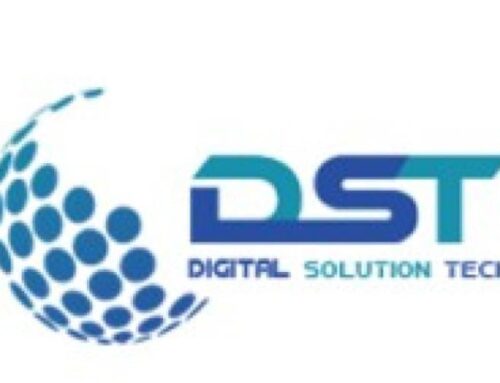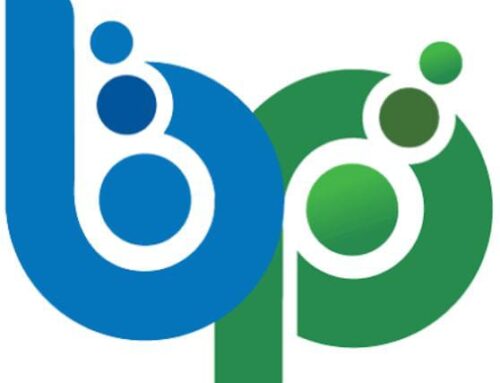Search engine optimization (SEO) is the practice of enhancing a website’s visibility in search engine results. When potential customers search for products or services online, effective SEO ensures that businesses appear at the top of the results, increasing the likelihood of traffic to their sites.
The Importance of SEO
With billions of searches conducted daily, businesses cannot afford to ignore the significance of SEO. High visibility on search engines leads to increased website traffic, improved brand awareness, and ultimately, higher conversion rates. SEO is not merely a marketing tactic; it is a crucial investment for long-term success.
How Search Engines Work
Search engines use complex algorithms to evaluate and rank websites based on various factors. These algorithms consider elements like keyword relevance, site structure, content quality, and user experience. Understanding how these algorithms function can guide businesses in optimizing their websites effectively.
On-Page Search Engine Optimization Techniques
On-page SEO refers to the optimization of individual web pages to improve their ranking and user experience. Implementing effective on-page SEO techniques is essential for enhancing visibility and ensuring that search engines understand the content of your site.
-
Keyword Research
Keyword research forms the foundation of effective SEO. It involves identifying the terms and phrases that potential customers use to search for products or services. Tools like Google Keyword Planner, SEMrush, and Ahrefs can assist in discovering relevant keywords with high search volumes and low competition.
-
Optimizing Title Tags and Meta Descriptions
Title tags and meta descriptions play a vital role in SEO. The title tag should include the primary keyword and be compelling enough to encourage clicks. Meta descriptions, while not a direct ranking factor, influence click-through rates. A well-crafted meta description provides a concise summary of the page’s content.
-
Header Tags (H1, H2, H3)
Header tags structure content and make it easier for users and search engines to navigate. The H1 tag typically contains the main keyword and indicates the primary topic of the page. Using H2 and H3 tags helps break up content into sections, enhancing readability and organization.
-
Quality Content Creation
High-quality content is paramount for SEO success. Content should be informative, engaging, and relevant to the target audience. Incorporating keywords naturally throughout the content, while avoiding keyword stuffing, ensures that search engines can accurately assess the page’s relevance.
-
Internal Linking
Internal linking connects different pages within a website, helping search engines crawl and index content effectively. Additionally, internal links guide users to related content, improving their experience and increasing the time spent on the site.
-
Image Optimization
Images enhance user engagement but can also affect page loading speed if not optimized. Using descriptive file names, alt tags, and compressing images helps improve SEO. Alt tags provide context for search engines and enhance accessibility for visually impaired users.
-
Mobile Friendliness
With the rise of mobile device usage, having a mobile-friendly website is essential. Responsive design ensures that the site adapts to various screen sizes, providing a seamless user experience. Google considers mobile-friendliness a ranking factor, so prioritizing this aspect is crucial.
-
Page Speed Optimization
Page speed impacts user experience and Search Engine Optimization rankings. Slow-loading pages lead to higher bounce rates and lower conversions. Tools like Google PageSpeed Insights can identify areas for improvement, such as image compression, browser caching, and code minification.
Off-Page Search Engine Optimization Techniques
Off-page SEO refers to actions taken outside the website to improve its ranking. While on-page SEO focuses on optimizing content and structure, off-page SEO emphasizes building authority and trustworthiness through various strategies.
-
Link Building
Link building involves acquiring backlinks from other reputable websites. High-quality backlinks signal to search engines that your content is valuable and authoritative. Guest blogging, partnerships, and creating shareable content are effective strategies for earning backlinks.
-
Social Media Engagement
Social media plays a significant role in off-page SEO. Sharing content on platforms like Facebook, Twitter, and LinkedIn can increase visibility and drive traffic to your website. Engaging with your audience through social media fosters relationships and encourages sharing, amplifying reach.
-
Influencer Marketing
Collaborating with influencers in your industry can enhance brand credibility and visibility. Influencers have established audiences, and their endorsements can drive traffic and improve your site’s authority. Ensure that the influencer aligns with your brand values for a genuine partnership.
-
Online Reputation Management
Managing online reviews and reputation is crucial for off-page SEO. Positive reviews enhance credibility, while negative reviews can deter potential customers. Encouraging satisfied customers to leave reviews and addressing concerns promptly can help maintain a positive online presence.
-
Local SEO Techniques
For businesses targeting local customers, local SEO is essential. This involves optimizing Google My Business profiles, encouraging customer reviews, and using location-based keywords. Local citations and backlinks from local websites also contribute to local SEO efforts.
Technical Search Engine Optimization Techniques
Technical Search Engine Optimization involves optimizing the technical aspects of a website to enhance its performance and ensure that search engines can crawl and index it effectively. This area is often overlooked but is crucial for achieving optimal results.
-
XML Sitemaps
An XML sitemap helps search engines understand the structure of a website. Submitting a sitemap to search engines ensures that all pages are indexed, improving the chances of ranking in search results. Regularly updating the sitemap as new content is added is essential.
-
Robots.txt File
The robots.txt file instructs search engines on which pages to crawl and index. Properly configuring this file can prevent search engines from indexing duplicate or irrelevant content, ensuring that only valuable pages are considered for ranking.
-
Structured Data Markup
Structured data markup helps search engines understand the content and context of web pages better. By using schema markup, businesses can enhance their listings in search results, leading to rich snippets that attract more clicks.
-
SSL Certificate
Website security is a crucial ranking factor. Having an SSL certificate (HTTPS) ensures that data transferred between the server and users is encrypted, enhancing trustworthiness. Google prioritizes secure websites, making this a critical aspect of technical SEO.
-
Fixing Broken Links
Broken links negatively impact user experience and Search Engine Optimization rankings. Regularly auditing your website to identify and fix broken links is essential for maintaining a healthy site structure. Tools like Google Search Console can help identify issues.
Measuring SEO Success
To determine the effectiveness of Search Engine Optimization efforts, businesses must measure key performance indicators (KPIs). Monitoring these metrics provides insights into what strategies are working and where improvements are needed.
-
Organic Traffic
Tracking organic traffic to your website is essential for assessing the impact of Search Engine Optimization. Tools like Google Analytics can help you monitor the number of visitors arriving through organic search and identify which keywords are driving traffic.
-
Keyword Rankings
Monitoring keyword rankings helps determine how well your website performs in search results. Regularly checking your position for targeted keywords allows you to adjust strategies as needed to improve visibility.
-
Bounce Rate and Time on Page
Bounce rate measures the percentage of visitors who leave the site after viewing only one page. A high bounce rate may indicate that content is not engaging enough. Monitoring the average time spent on the page provides insights into user engagement.
-
Conversion Rate
Ultimately, the success of is measured by conversion rates. Tracking how many visitors complete desired actions, such as making a purchase or signing up for a newsletter, is crucial for evaluating the effectiveness of SEO strategies.
Conclusion
Mastering search engine optimization (SEO) techniques is essential for businesses seeking to enhance their online presence and drive organic traffic. By implementing effective on-page, off-page, and technical SEO strategies, businesses can significantly improve their search engine rankings and achieve long-term success. While the digital landscape is ever-evolving, staying informed about the latest trends and best practices in SEO is crucial.
visit our LinkedIn: https://www.linkedin.com/company/digitalsolutiontech/






Leave A Comment